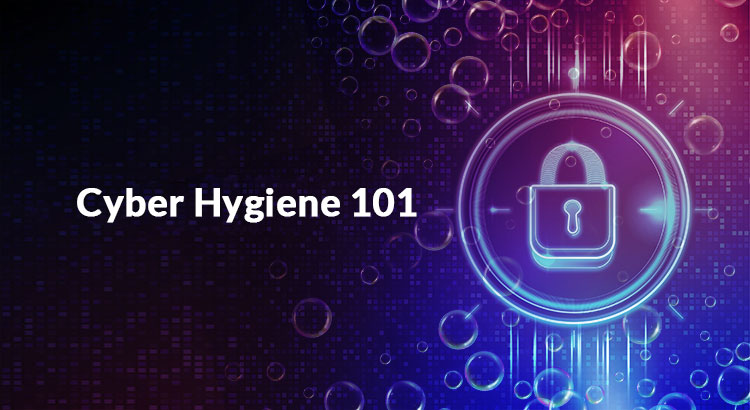Due to COVID-19 schedule changes and remote access work environments, security measures that were put in place to protect traditional tech are falling short of their targets. As a result, cybercrime has become as common in the modern world as break-ins or traffic violations. According to a 2021 trends report, the frequency of phishing-related cybercrime has increased by 600% in 2021.
Building an efficient cybersecurity network overnight is an impossible task for any organization. While your IT security team works out a permanent solution suited to the changing scenario, you can always practice cyber hygiene to keep your network infrastructure safe.
Here are some tips and tricks you can use to keep your systems squeaky clean.
- Use the Correct Tools and Equipment
To begin with, you need proper tools to maintain your cyber hygiene. We suggest you use the most up to date antivirus software on your system. This is a fundamental step in protecting personal data stored on your device.
You can use a network firewall to prevent common network breaches efficiently. Coupling it with an Endpoint Management System like ARCON|EPM will ensure the safety of your endpoint devices. ARCON|EPM also blacklists malicious applications from your network automatically.
- Document Your Equipment
After setting up your firewall, you will need to begin documenting your software and hardware immediately. Documentation will make it easier for you to keep track of your equipment and its functionalities. Don’t forget to edit the list when you install a new software and/or perform updates.
- Safeguard Your Login Access
In a large organization with many cogs in the machine, it is vital to track whenever someone uses a privileged account to access the system. This can help you retrace their steps if a security breach occurs. A logging tool will help you create a detailed log in this respect, but those can be complicated and time-consuming to do by hand.
A Privileged Access Management tool like ARCON|PAM monitors, manages, and controls all your Privileged Accounts for you. It randomizes and changes your passwords frequently to minimize threats relating to shared credentials. Finally, it offers a centralized policy framework for your corporation and provide a well-organized working environment.
- Perform Regular Backups
Most organizations tend to keep their crucial data in a cloud environment, which is highly susceptible to attack. Protecting your network and data against a well-maneuvered cyberattack is difficult to begin with, but what do you do when one has already occurred? Keeping a backup of everything in an offline storage device, such an external hard drive or a physical server, will help you there.
- Use Multi-Factor Authentication
The core principle of maintaining cyber hygiene is using a strong password and changing it regularly. However, your password-protected system can still be breached by a proficient hacker using high-end technology. In such a situation, a two-factor authentication system provides an extra layer of protection.
To access a system protected by two-factor authentication, a user has to provide additional credentials alongside the password to enter the system. In most cases, the security code is sent on your email or mobile through SMS. You may also add a third layer of security to your network by implementing facial recognition or fingerprint scanning.
- Educate Your Employees
According to a recent report, almost 75% of phishing-related attacks are caused by human error. Employees of the organization often open malicious mails by mistake and pave the path for hackers to access the organization’s system. Hence, increasing employee awareness about possible cybersecurity threats is extremely important. You may conduct a training session to offer insights on phishing emails and how to avoid them, as well as provide additional information on how to use multi-factor authentication or offline storage to secure the organization’s data.
Apart from the above, here are some other tips for to maintain cyber hygiene:
- Maintain a meticulous baseline for evaluating cyber threats to your business.
- Establish a comprehensive incident response plan.
- Use a dedicated inventory to safekeep your organization’s software and hardware systems.
- Implement a password management infrastructure.
- Identify vulnerable parts or applications during regular audit reports and get rid of them.
- Update your software programs whenever you can.
In today’s world, cyber hygiene is as necessary as brushing your teeth. Be sure to follow the tips we mentioned above and hire a cybersecurity specialist if you feel the need to do so. After all, it is better to prevent a data breach by implementing solutions beforehand than attempting to salvage a ruined reputation after the breach has already happened.

